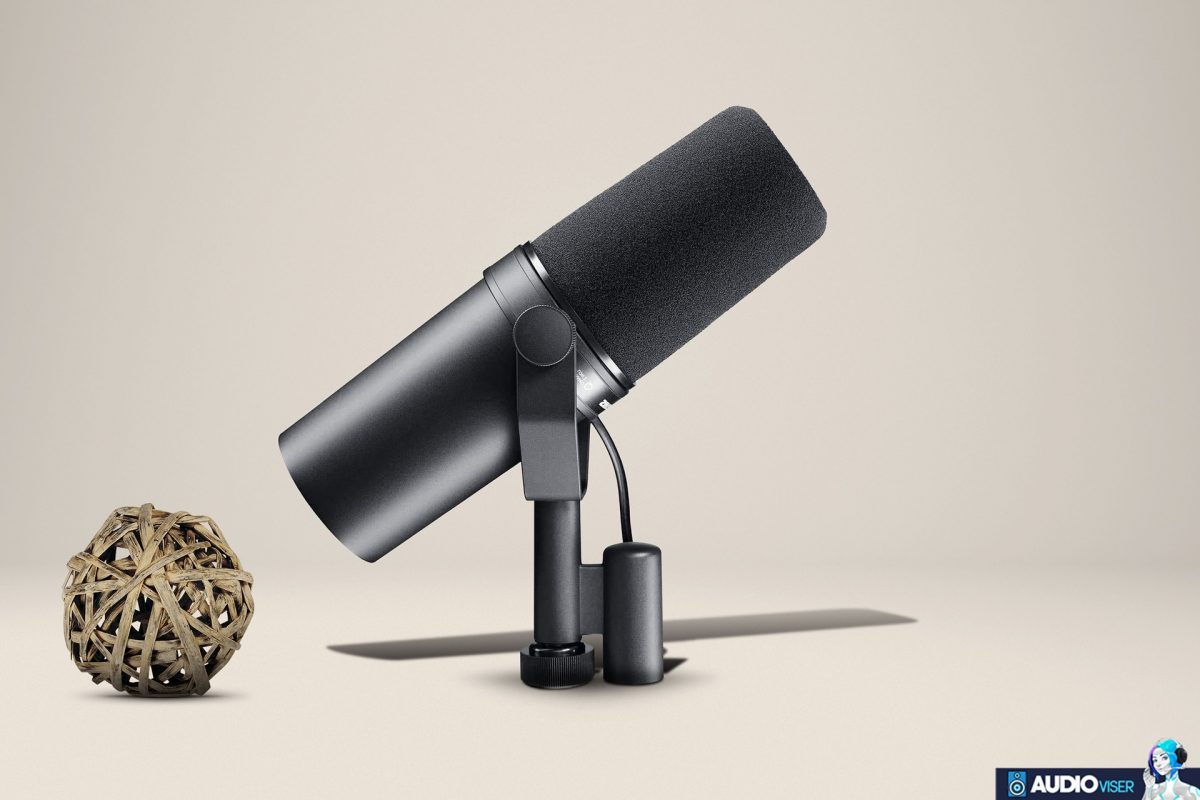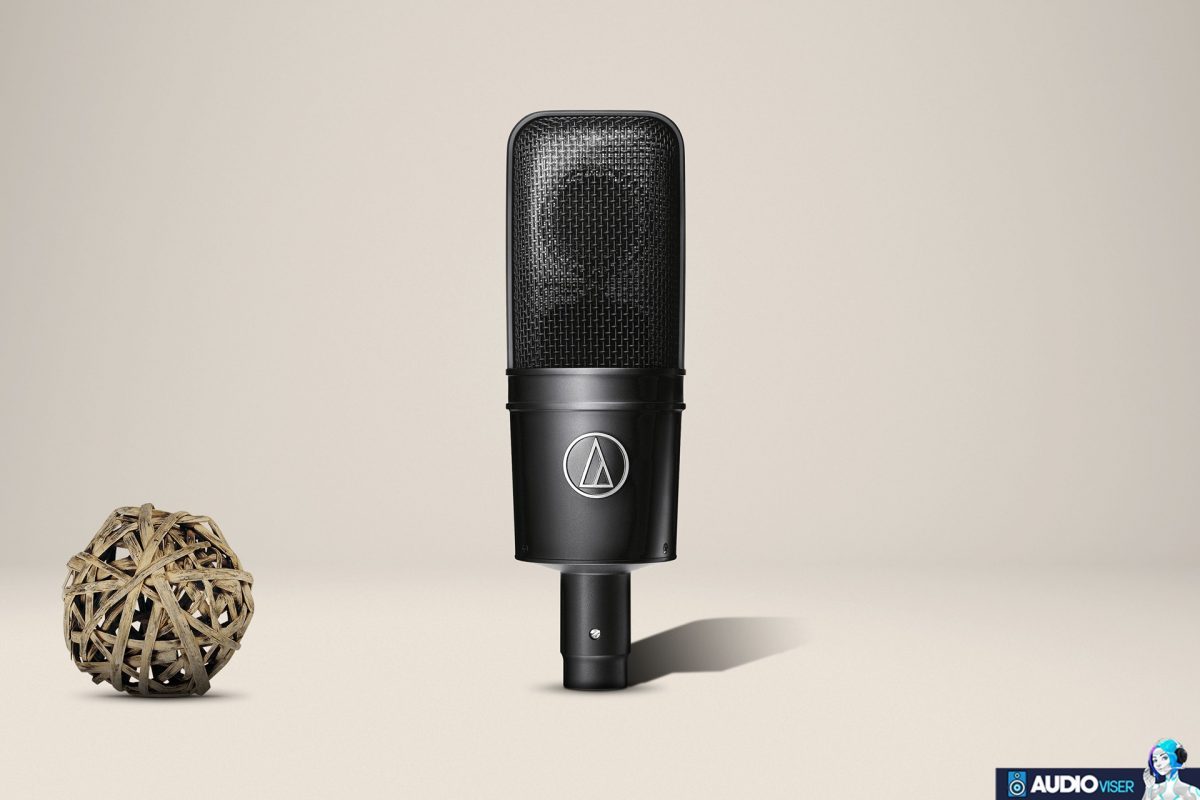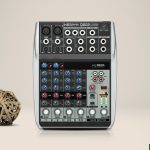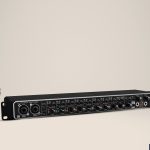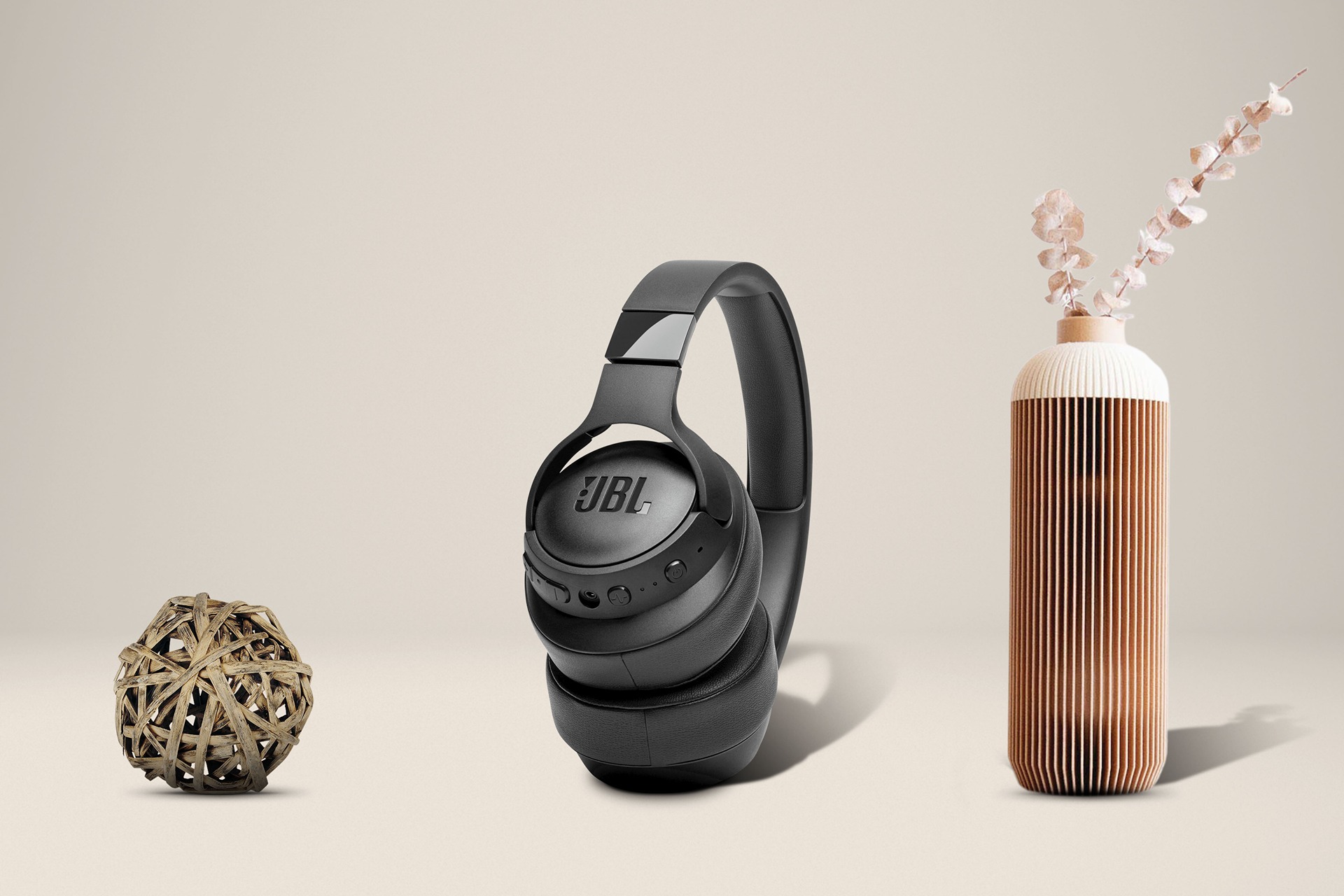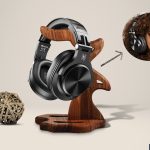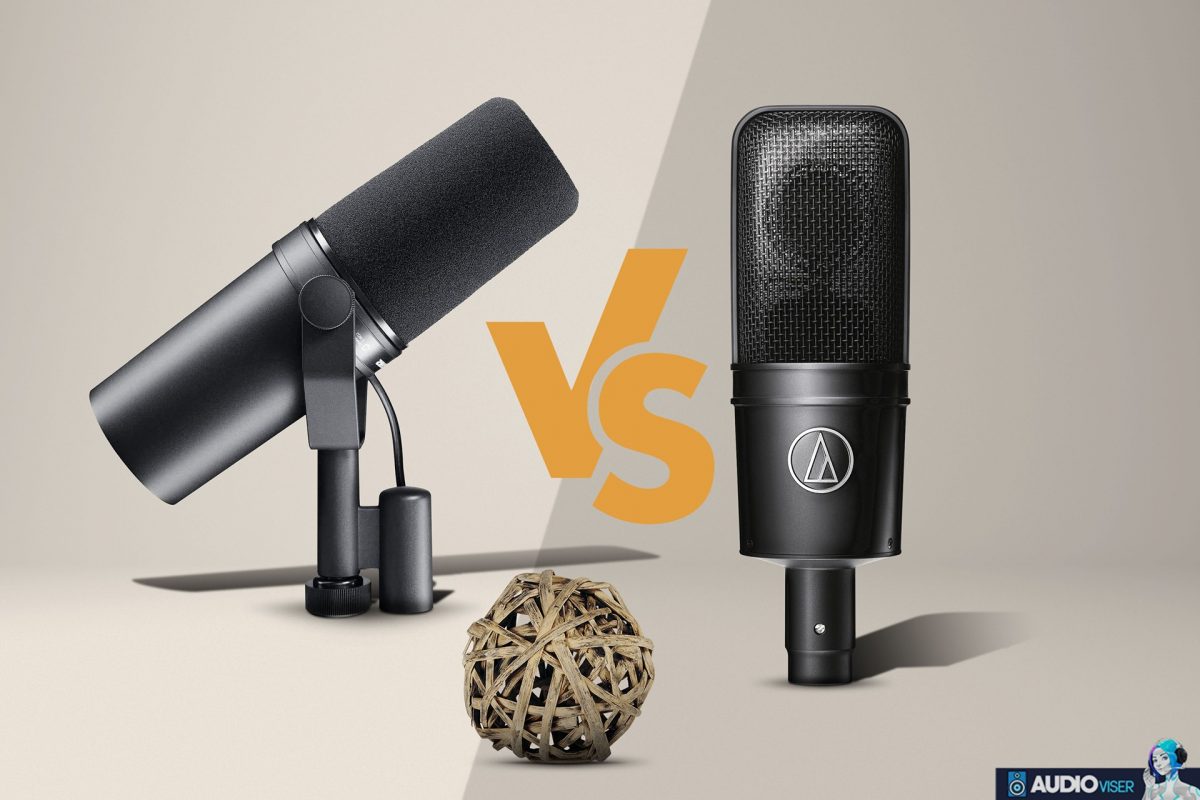
Microphones are around the world for many years now, and there are many brands that produce some great ones. However, when you research through the world wide web, you can notice a few different famous names of brands that deal with microphones and bring to us some of the greatest.
Two of those names are Shure and Audio Technica! Shure is a super professional brand that brings out to the market microphones mostly, meanwhile, Audio Technica is an all-rounder that deals with sound devices in general.
Anyways, you are not here to find out about the brands, instead, I know that you may be in doubt whether to choose a microphone from Shure, which is the amazing Shure SM7B, or from Audio Technica, the microphone AT4040.
Let us find out more and compare these two great microphones!
Meet the Microphones
Who is Shure SM7B?
Shure SM7B is launched by the Shure brand in 2004, and since then, it has become one of the first choices from many people and professional musicians all around the world. It is a super versatile dynamic mic that you can use for different purposes: speech, music, recording, podcasts, and many other things.
When it comes to dynamic mics Shure knows their way around that.
In order to find out more, or purchase Shure SM7B, tap on the link down below!
Who is AT4040?
AT4040 comes from the amazing brand Audio Technica and it is one of the most powerful microphones that was ever launched. It is with us since 2001, and still remains one of the greatest and the best choices. Even though the AT4040 isn’t the most versatile microphone that you can use, it is able to be used for different things.
Although this is not a dynamic microphone, it still makes a great condenser microphone.
In order to find out more, or purchase AT4040, tap on the link down below!
Shure SM7B vs AT4040 / Head-to-Head Comparison
How do they look? – Design
These two types of microphones, Shure SM7B and AT4040, are quite well built in a general form, but still, there are differences that shouldn’t be left unmentioned.
The Shure SM7B is made of stainless steel mostly, and it owns a super-rugged body which assures us that it can be used for a pretty long time. Its whole body measures 13.3 x 7.2 x 4.8 inches and the weight is around 2.03 pounds. Shure SM7B owns a detachable windscreen which is all based on your preferences if you want to use it or not.
Moving on to AT4040, we deal with a microphone that is made of brass which is an alloy of copper and zinc. As for the measurements of the AT4040, it is 11 x 9.8 x 4.5 inches big, and only 1 pound heavy, which is a bit lighter than the Shure SM7B. In a wholly different form, the AT4040 owns a grille at its upper part.
Is there a winner?
On just a look you will notice that Shure SM7B has a more modern look than the AT4040. If you consider this as a way of choosing a winner on the design part, then Shure SM7B is the winner based on looks, it also sounds great.
How to use them? – Connectivity
In order to use these two different microphones, you should use the same connectors.
You may have heard about XLR connectors which are the most commonly used types of connectors in different professional audio equipment and also some other things. However, the connectivity on both microphones, Shure SM7B and AT4040, is sturdy, and when in use you won’t encounter any inconvenience.
Is there a winner?
I bet here we have a win-win situation since both of the microphones can get connected in the same way, while using an XLR type of connector or cable.
How do they perform?
Everybody likes to sound great, well when using a microphone and these two guys have great audio quality, but with some differences that I would like to mention.
It is now more important than ever to situate the room well and utilize blankets and duvets creatively to improve the room sound. What matters is that those two mics are great when it comes to that.
Voice Pick-Up
However, what is important in the first part is that both these microphones capture your voice in a unidirectional way, and the AT4040 is known as a cardioid condenser mic. When it comes to Shure SM7B, we don’t have a specification but still, it works in the same way, making it a cardioid condenser mic.
As unidirectional microphones, both of them, capture or pick up the voice from a specific part of the microphone and not in every way. That is kind of related to the way how you will place the microphone when you will want to use it.
Sound Quality
When we move on to the quality that they bring whenever you use them, in a general way I would like to say that you will sound as natural as you are.
Shure SM7B will bring your voice out with warm and smooth “color”, while the electromagnetic shielding that is added to it fully beats the hum that may come from other devices that you may be using, and it is able to defeat other noises as well.
AT4040 is known for its powerful way of bringing the sound, and what is important again, the noise that may surround you or the background noise will be completely blocked since it is fully concentrated on your voice only.
Is there a winner?
Bringing a warmer and a more natural sound, the Shure SM7B microphone is kind of one step further when compared to AT4040. However, that doesn’t mean that the Audio Technica won’t sound good, so keep that in mind.
Specifications of the Microphones
Professionals in the world of sound all know the importance of the key specifications of any device, and at this part, I would gladly tell you guys some of the most important things that you should know about these two microphones.
Shure SM7B
Dynamic Mic
Frequency Range: 50 Hz to 20 kHz
Impedance: 150 Ohms
Sensitivity: -59 dBV/Pa at 1 kHz
Signal to Noise Ratio: 60 dB
Sound Pressure Level: 22 dB
AT4040
Condenser Mic
Frequency Range: 20 Hz to 20 kHz
Impedance: 100 Ohms
Sensitivity: -32 dBV/Pa
Signal to Noise Ratio: 82 dB
Sound Pressure Level: 12 dB
Final Words, Conclusion
Write and write, here we came to the end of this article in which I tried to explain to you guys about these two great microphones just as Shure SM7B and AT4040.
A simple thing that should be said is that both of them are great while in use and they perform great for whatever needs that you may have and for whatever you may want to use them.
If we think about the question of which one is better, I don’t think that I am able to give a conclusion that because indeed they do a great job! That can mean one thing, I am leaving everything up to you, in case you want to choose any of them!
Have fun!
Further Reading
There is some more reading you can do, especially on two comparison battles.
There is a Klipsch comparison between RP 160M and RP 600M, as well as Edifier RT1280T vs R1280DB, find out which one is better.
If you like to keep things the old way check out this list of great radios for the beach.
Sound Artist
I’m a Sound Artist creating immersive sonic experiences. I turn everyday objects into music, turning the mundane into something marvellous!



